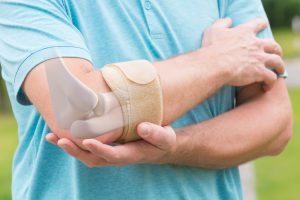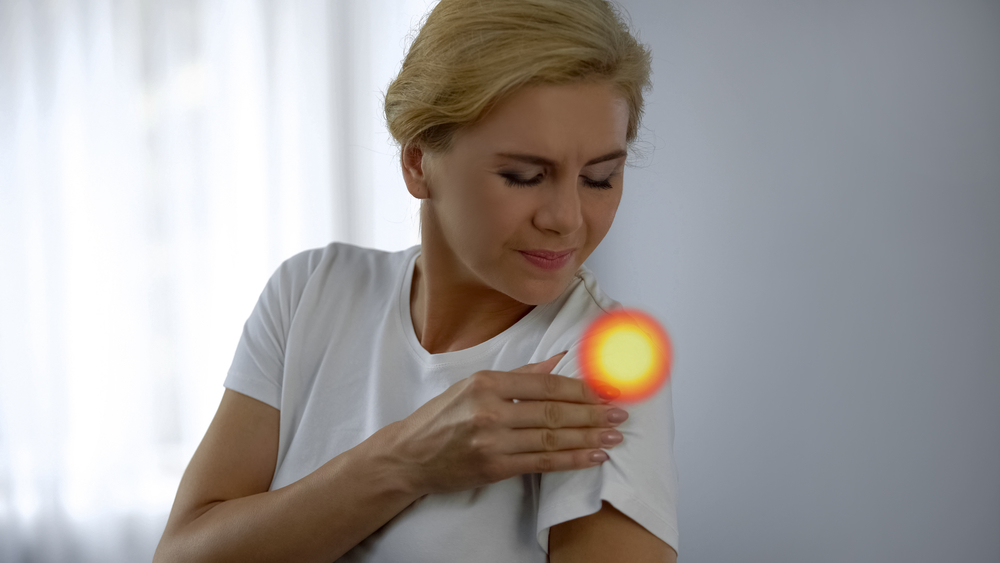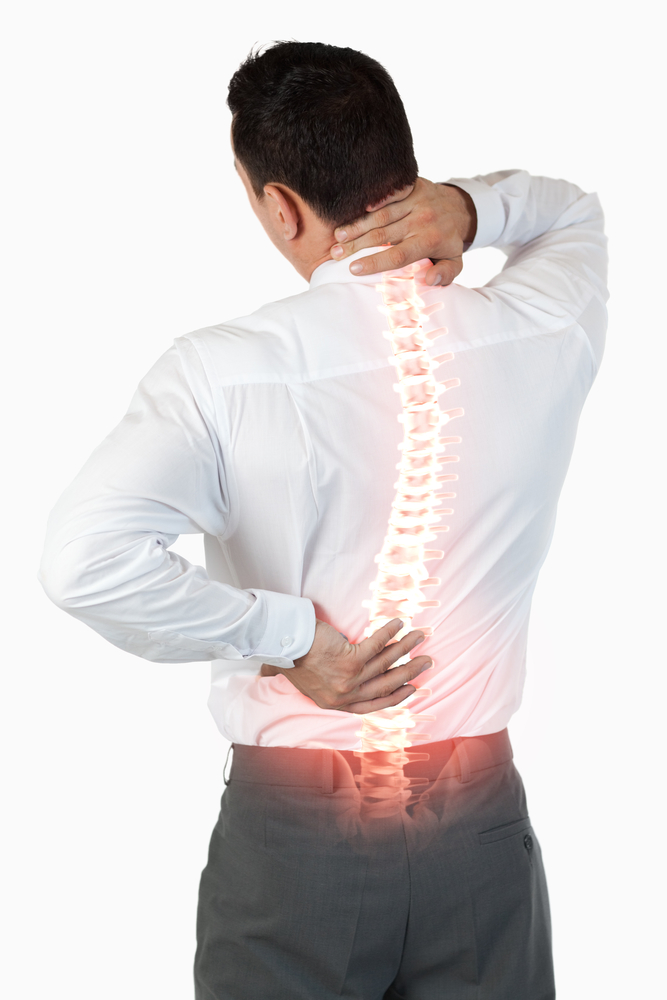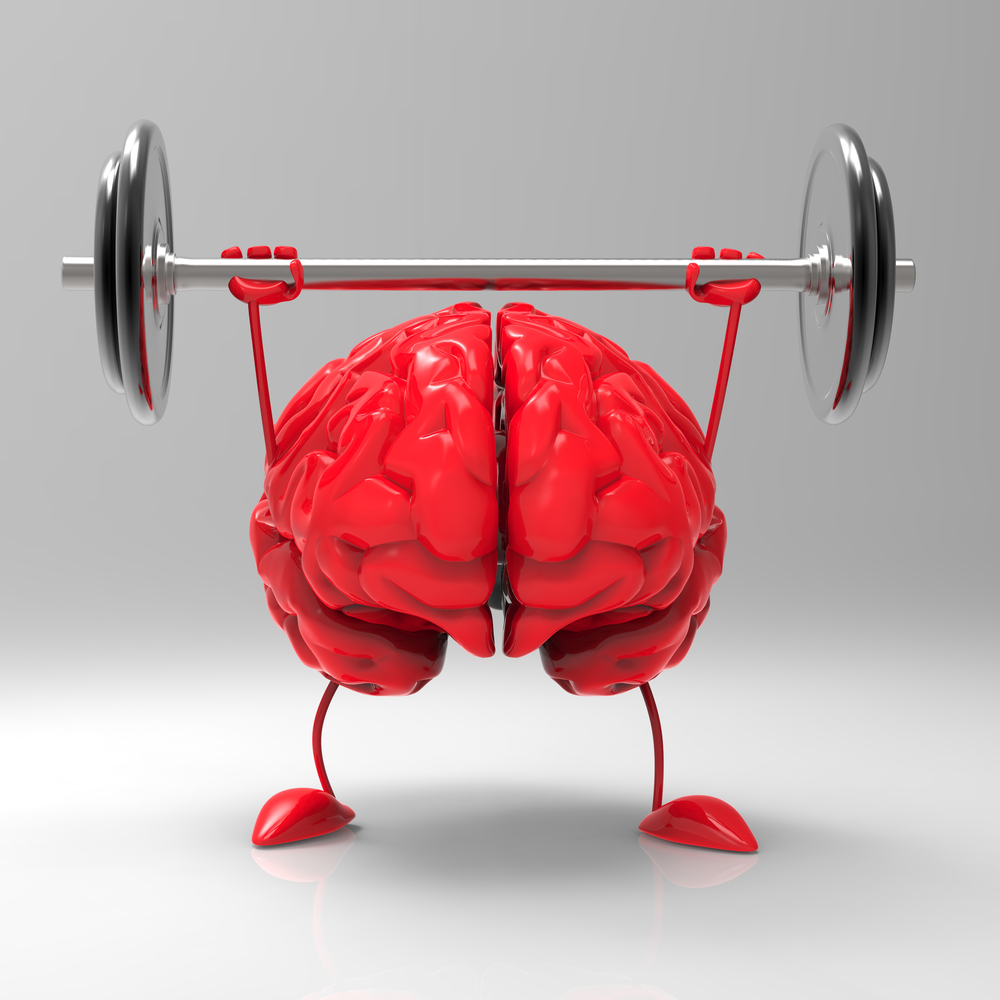“POP”- went my ankle!
If this happened to you, could have a peroneal retinaculum tear. But what actually is it?
Your peroneal muscles sit on the outside of your shin bone and run down to the outside of foot. They help stabilise the ankle when walking, running and jumping. Normally the tendons are kept in place alongside the outside of your ankle by a specialised structure called a retinaculum. But sometimes a forceful landing on a flexed foot or twisting action can cause these structures to tear and go “pop”. When these structures are no longer holding the tendons in place, they can move over the outside of your ankle when walking, pointing and flexing your foot. Not only can this be quite painful, but it can also be visible.
Depending on the severity of tear, sometimes surgery is needed to repair the retinaculum. After surgery, a cast or boot is used to help stabilise the ankle and allow the new tissue to heal successfully. Once the cast is off, a strengthening program is prescribed by a physiotherapist to help you return back to normal function.
In some cases, conservative treatment is used. This can also include a period of time in a boot or cast for approx. 4-6 weeks or the use of ankle strapping to help stabilise the ankle joint. Additionally, a physiotherapist will provide exercises to strengthen the calf and other foot muscles to in order to support the ankle in the long term and prevent any further complications.
While it does sound like a scary injury, physiotherapists at Capitol Physiotherapy are here to help. We can help you manage and decide the best course of treatment suited to you and your situation and have back to normal in no time! If you’re near the area in any of our clinics, contact us via online booking or drop us an email at info@capitalphysiotherapy.com.au.


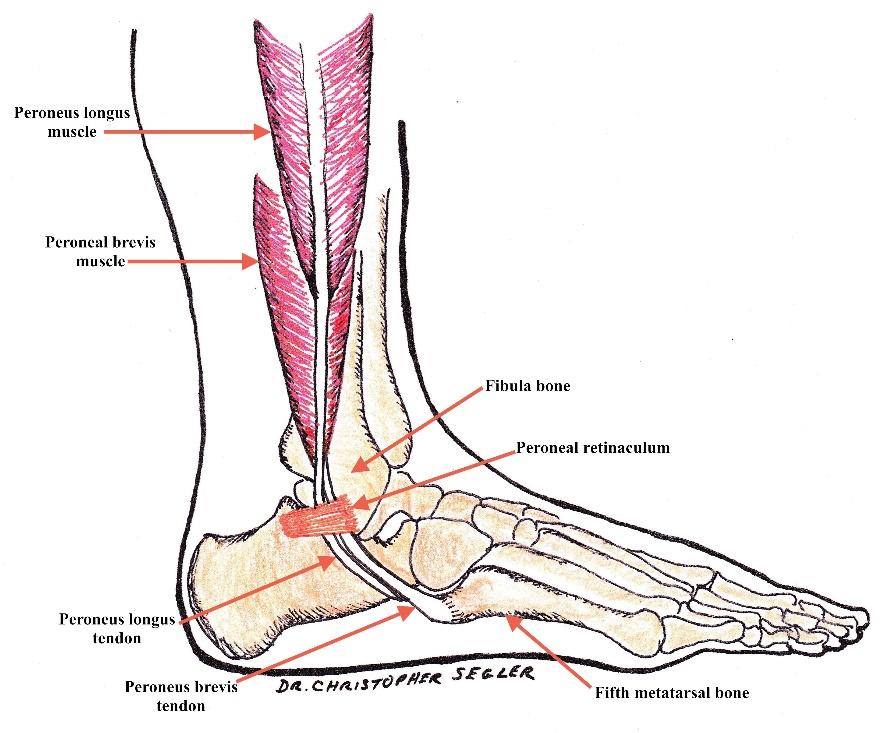
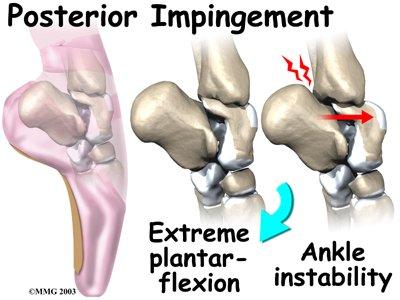 Posterior ankle impingement is a very common injury in dancers that can be managed and treated by physiotherapists. It is caused when the ankle joint is constantly forced into excessive plantarflexion or pointe, thus why its common in ballerinas who dance in pointe shoes. The bones at the back of the foot impinge and compress the tendons and muscles in this
Posterior ankle impingement is a very common injury in dancers that can be managed and treated by physiotherapists. It is caused when the ankle joint is constantly forced into excessive plantarflexion or pointe, thus why its common in ballerinas who dance in pointe shoes. The bones at the back of the foot impinge and compress the tendons and muscles in this 
